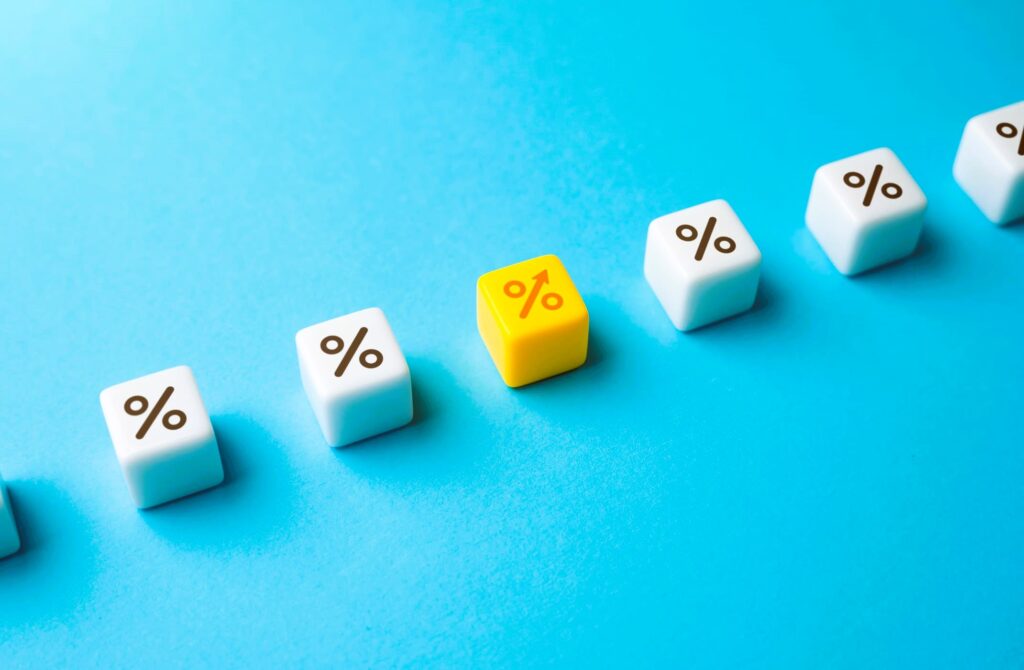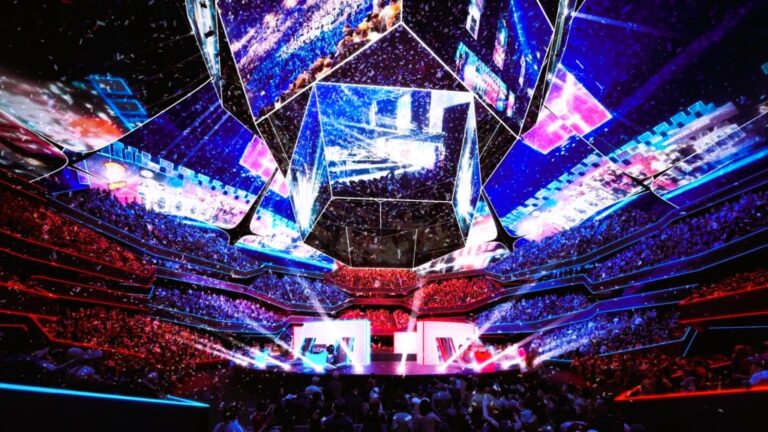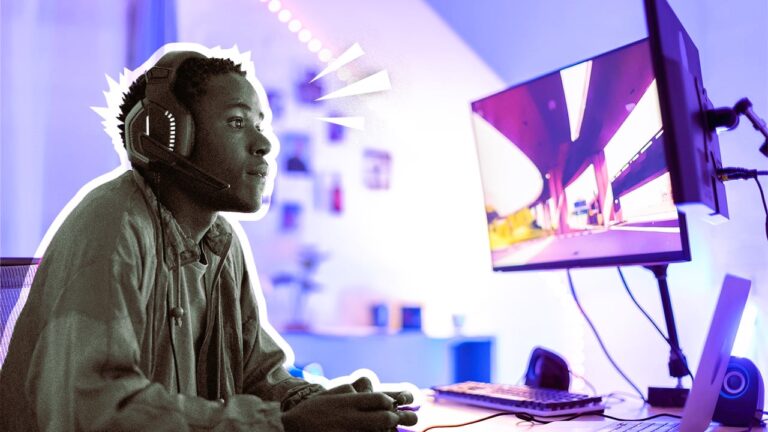Alright, so you’re ready to take your gaming brand to the next level, right? You’ve been grinding, you’ve got your vision, and now it’s time to make some serious moves. One of the best ways to level up your brand? Collaboration. Whether it’s with other gaming companies, esports teams, streamers, or tech brands, partnerships can elevate your game (literally and figuratively). But here’s the catch: if you want to convince someone to work with you, you need a solid proposal that speaks their language.
Don’t worry, I’ve got you. This isn’t your average business fluff – I’m talking about how to craft a collaboration proposal that gets a “heck yes” from the get-go. No jargon, just a clear-cut plan that shows off your vision and makes them want to jump on board.
Let’s break it down. Grab your favorite energy drink, we’re diving in.
Why Collaboration?
Before we jump into the proposal stuff, let’s take a step back. Why even bother with a collaboration in the first place? Well, here’s the thing: collaborations can help you:
- Expand your audience: Tap into new markets, whether it’s new gamers, countries, or niche communities.
- Boost credibility: Partnering with a well-known brand or influencer gives you instant street cred.
- Innovate: Sharing ideas with others can lead to cool new features, designs, or game modes that you might not have thought of on your own.
- Monetize: Whether it’s co-branded merchandise, in-game items, or joint tournaments, collaborations can lead to serious cash.
Now that you’re sold on the idea, let’s talk about how to actually make it happen.
1. Know What You’re Offering and What You Need
This is the foundation of your proposal. Don’t go in all guns blazing asking for everything and anything. Instead, know exactly what you bring to the table and what you’re looking for in return. This is about mutual benefit – so be clear about it. Read about how streamers can find sponsors through interactive business proposals.
What are you offering?
- Your audience: How big is your player base? This can be a huge selling point if you’re working with another game or a streamer.
- Your tech: Got a killer server setup or unique gaming infrastructure? Highlight it.
- Content creation: If you’ve got artists, devs, or social media power, let them know.
- Marketing: Are you willing to help promote their brand in exchange?
What do you need?
- Brand exposure: You want your game to be noticed by a bigger crowd.
- Tech support: Maybe you need better servers, infrastructure, or game design help.
- Sponsorship: Do you need money for a tournament or a big launch?
- Cross-promotion: You want them to shout you out on social media or on their streams.
Example:
- You’re offering: A dedicated community of 100,000+ active players and a proven marketing reach.
- You need: An esports team to promote your game in their streams and tournaments.
2. Get to the Point – What’s in It for Them?
Okay, now that you know what you’re offering and need, it’s time to think about what’s in it for the other brand. A proposal is only as strong as the value it presents to the other side. You gotta pitch your game (or your brand) in a way that’s impossible to turn down.
How to Frame This:
- Appeal to their goals: Does the brand want to expand into new markets? Does it want to improve its game mechanics? Does it want to sell more merch? Whatever it is, tie your offer into their goals.
- Be specific: Instead of vague promises like “We’ll increase your audience,” say something like “By collaborating, we can target the 18-24 demographic who love multiplayer FPS games. We can boost your reach by 30% on Twitch and 50% on Twitter in the first three months.”
- Don’t over-promise: Be real with them. Don’t make promises you can’t keep. It’s better to under-promise and over-deliver than the other way around.
Quick Tip:
Use a table to break down the value proposition clearly. Example below:
| What You Get | What They Get |
|---|---|
| Access to a community of 100k active players | Increased brand visibility in the gaming community |
| Co-branded in-game items (skins, loot boxes) | New merchandise collaborations |
| Social media promotion (Twitter, IG, YouTube) | Exposure on our game’s homepage and community channels |
3. The Numbers – What’s the ROI?

Listen, I get it. Numbers can be boring, but they’re critical. Investors and partners want to know how their money, time, or resources will turn into something tangible. So, show them the cold, hard facts. What are the potential returns from this partnership?
This is where you talk about things like:
- Growth projections: How much will your collaboration increase players or viewers?
- Monetary gains: Will the collaboration help you both sell more in-game items, merchandise, or tickets for events?
- Engagement rates: How much more interaction can they expect on their social media platforms from this collaboration?
Create a simple table to break this down and make it digestible.
| Metric | Before Collaboration | After Collaboration |
|---|---|---|
| Active Players | 50k | 100k |
| Twitch Views | 200,000/month | 500,000/month |
| Revenue from In-Game Purchases | $10,000 | $25,000 |
| Social Media Mentions | 300 | 1,000 |
4. The Game Plan – How Will This Go Down?
Alright, now we get into the how of things. Lay out the execution plan in simple steps. A good proposal doesn’t just talk about what’s going to happen – it talks about how it’s going to happen.
Steps to Implement:
- Kickoff meeting: Set a date for an initial meeting to go over the details.
- Roles and responsibilities: Who’s doing what? Maybe your team will handle the in-game content, while their team focuses on promotion.
- Timeline: When will things go live? Give them clear, realistic dates.
You don’t have to go super in-depth with technical details (unless they ask), but a solid timeline is key.
Example Timeline:
- Week 1-2: Initial planning and contract signing.
- Week 3-4: Design co-branded assets (skins, merchandise).
- Week 5-6: Launch social media campaigns and community events.
- Week 7-8: Measure initial results and adjust strategy.
5. Make It Personal
You’ve got all the business stuff down – now, let’s add some flavor. Don’t just send over a cold, cookie-cutter proposal. Make it feel like a personal pitch. Share your passion for the project, the brand, and the gaming industry.
How to Make It Personal:
- Share a short story about why this collaboration matters to you.
- Highlight mutual connections or experiences that tie you and the brand together.
- Keep your tone casual but professional. Think of it like you’re writing to a friend, not a robot.
Alright, you’ve laid it all out. You’ve shown them the value, explained the execution, and made it personal. Now, it’s time for the big ask: You want them on board. Be clear and direct. Ask them to jump in and work with you.
Drop a link to ProposalPage on Wikipedia for more resources on creating compelling proposals and formalizing partnerships in the gaming industry.
Let’s do this! You’ve got this killer brand, and now it’s time to make waves. Go make those connections, lock down those collaborations, and take your gaming project to the next level.




